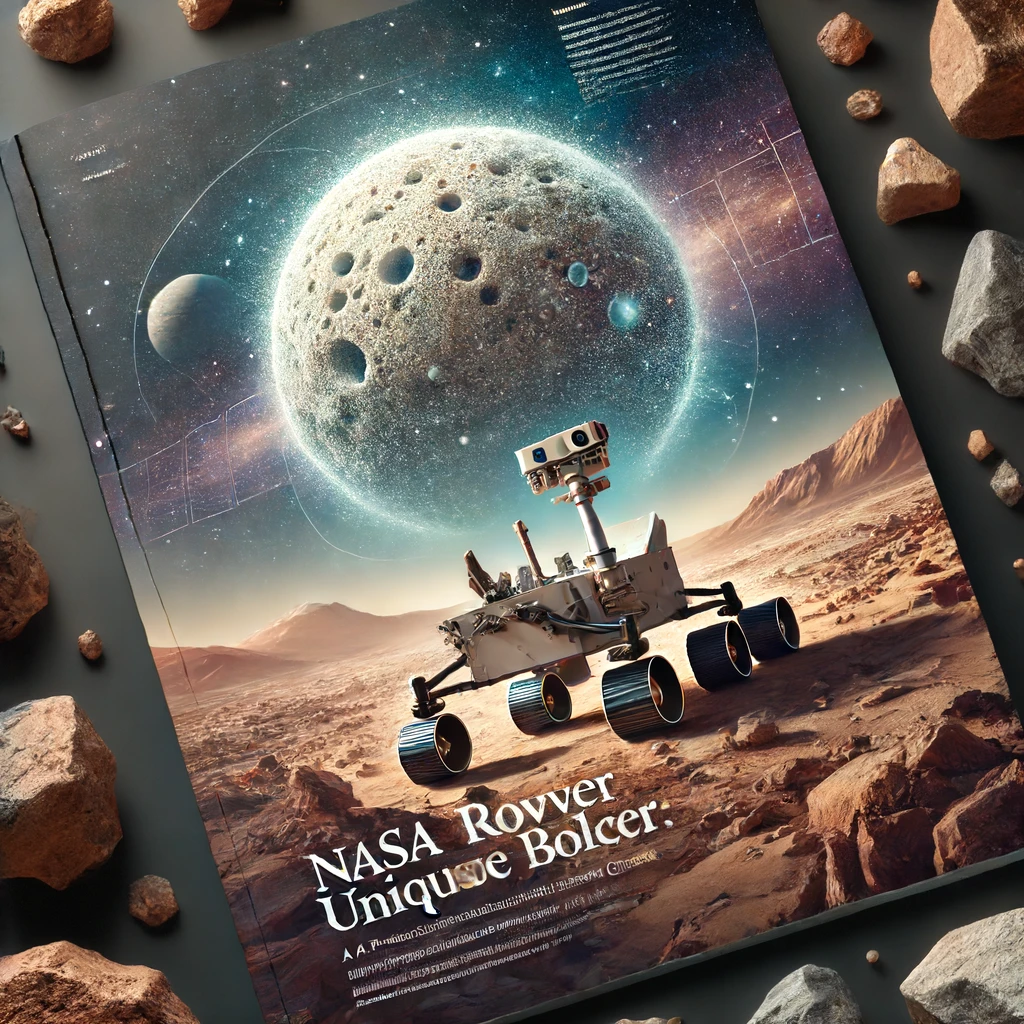NASA’s Perseverance rover has made a groundbreaking discovery on Mars that is set to change our understanding of the planet’s geological history. While navigating the Neretva Vallis region, the rover stumbled upon a remarkable boulder unlike any other previously observed on Mars. This unexpected find could provide critical insights into the ancient crust of Mars, offering potential clues about the planet’s formation and its similarities to Earth.
Last week, Perseverance, a six-wheeled, car-sized mobile laboratory, ventured into Neretva Vallis, a region that once served as an ancient river channel feeding into the Jezero crater billions of years ago. Despite its current barren appearance, this area holds significant geological history. During its exploration, the rover encountered a hill dotted with boulders, but one particularly light-coloured, speckled rock stood out in a landscape dominated by darker formations.
“Every once in a while, you’ll just see some strange thing in the Martian landscape, and the team is like, ‘Oh, let’s go over there,'” said Katie Stack Morgan, deputy project scientist of NASA’s Mars 2020 mission. “This was like the textbook definition of (chasing) the bright, shiny thing because it was so bright and white.”
Upon closer inspection with Perseverance’s advanced instruments, the rock was identified as anorthosite. This is a type of rock never before seen on Mars, though scientists have long hypothesised its presence. Anorthosite, which is composed predominantly of feldspar, is more common in the Moon’s crust and Earth’s mountain ranges but is considered rare within our solar system. Its discovery on Mars suggests that the planet’s early crust might have been more complex than previously thought, potentially mirroring Earth’s primordial crust.
The presence of anorthosite on Mars could significantly alter our understanding of the planet’s geological history. Researchers believe that uncovering details about Mars’ ancient crust could help unravel mysteries about the evolution of Earth and the origins of life. “Seeing a rock like Atoco Point is one of these hints that, yes, we do have anorthosites on Mars, and this might be a sampling of that lower crust material,” Stack Morgan explained. “If we see it later on in the context of other rocks, it can give us a sense for how the earliest crust of Mars kind of came to be.”
Anorthosites, primarily composed of feldspar, are linked to lava flows and are richer in silica compared to basalts. Basalts, which are dark volcanic rocks rich in iron and magnesium, are prevalent on Mars’ surface. The discovery of anorthosite suggests that Mars’ geological processes might have included more diverse volcanic activities and crust formation processes.
Despite the excitement surrounding this discovery, scientists have not yet collected a sample of the anorthosite boulder. Perseverance has been gathering samples from Jezero crater since 2021, a region believed to have once supported microscopic life. However, the ambitious Mars Sample Return mission, which aims to bring these samples back to Earth, faces financial and logistical challenges. Rising costs have led to budget cuts and potential cancellation, putting the mission’s future at risk.
Interestingly, the rover team decided to move on from Atoco Point without sampling the boulder. The rationale behind this decision is the anticipation of finding more such rocks when Perseverance reaches the crater rim in the coming months. Collecting samples from their original geological context could provide more comprehensive insights. “We said, ‘OK, let’s keep this rock in mind,'” Stack Morgan noted. “‘Maybe we’ll come back here if we don’t find this elsewhere in the crater rim.'”
This discovery highlights the ongoing journey of exploration and scientific discovery on Mars, each finding bringing us closer to understanding the Red Planet’s past and its similarities with Earth. As Perseverance continues its mission, the scientific community eagerly awaits further revelations that could reshape our knowledge of Mars and its place in our solar system.



